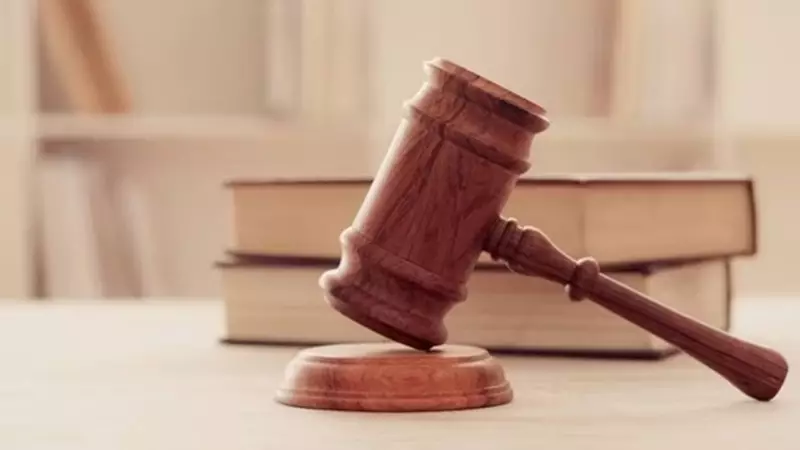
In a significant development, the Karnataka High Court has vacated its earlier stay order, permitting the Special Investigation Team (SIT) to proceed with its probe into the controversial Dharmasthala burials case. The court, however, issued a clear directive to the investigating agency to ensure that the petitioners — all of whom are activists — are not harassed during the process.
Court's Directive and State's Argument
The bench presided over by Justice Mohammed Nawaz delivered the order on Wednesday after considering the state government's submissions opposing the petitioners' plea to quash the entire case. The court explicitly instructed the SIT to refrain from harassing the four petitioners: Girish Mattennavar, Mahesh Thimarody, Jayanth T, and Vittala Gowda.
This decision comes after an interim stay was granted on October 30, which had also put a hold on the summons issued to the activists by the SIT until the next hearing.
Representing the state government, Special Public Prosecutor B N Jagadeesha presented a strong counter-argument. He contended that the petitioners did not approach the court with "clean hands." The state's statement of objections highlighted that the petitioners themselves had initiated the proceedings and, since they were not named as accused, had no legal standing (locus) to seek the quashing of the FIR.
Background of the Dharmasthala Case
The case originated from a complaint filed by C N Chinnaiah, a former sanitation worker. He alleged that between 1998 and 2014, he was forced to secretly bury several bodies in the renowned temple town of Dharmasthala. Following his complaint, the police registered a First Information Report (FIR), prompting the state government to constitute a Special Investigation Team (SIT) to look into the serious allegations.
The state prosecutor made a startling claim during the hearing, alleging that the activists had exerted influence over the complainant. Chinnaiah, during further examination, reportedly stated that he had lodged the complaint and made statements under the instruction and active connivance of the petitioners. The state argued that the complainant was in the "complete control and custody" of the petitioners, even staying in one of their houses, and was told what to say and what not to say to the police.
As a consequence of these developments, Chinnaiah himself was named as an accused in the case for allegedly submitting false evidence. This is a notable twist, given that the activists had initially supported his complaint.
Legal Wrangling and the Path Forward
The petitioners' lawyers had previously argued that the FIR incorporated several non-cognizable offences, which, as per procedure, required a magistrate's reasoned order to be included. They also highlighted that their clients had been summoned nine times and subjected to over 100 hours of questioning.
The state, however, clarified that the original non-cognizable report had been forwarded to the jurisdictional magistrate, who had duly granted permission for the investigation. It was also emphasized that the petitioners faced no risk of arrest as long as they cooperated with the investigation and complied with the notice.
With the stay now lifted, the SIT is legally empowered to continue its investigation into the decades-old allegations of secret burials in Dharmasthala. The court's order to prevent harassment of the activists adds a layer of judicial oversight to the sensitive probe.





